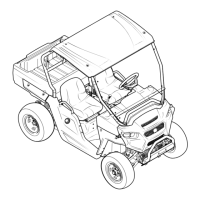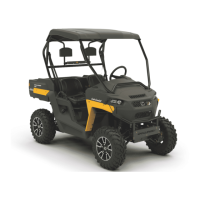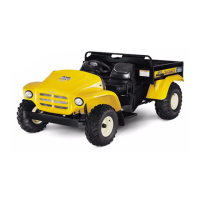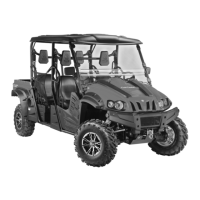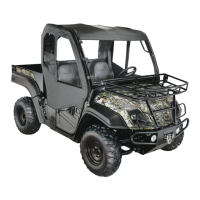General
Information
1‐32
Seal Replacement
Seals (Figure 47) contain oil, water,
grease or combustion gasses in a
housing or shaft. Improperly removing a
seal can damage the housing or shaft.
Improperly installing the seal can
damage the seat.
Note the following:
Prying is generally the easiest and most
effective method of removing a seal
from the housing. However, always
place a rag underneath the pry tool to
prevent damage to the housing. Note
the seal’s installed depth or if it is
installed flush.
Pack waterproof grease in the seal lips
before the seal is installed.
In most cases, install seals with the
manufacturer’s numbers or marks facing
out. Install seals with a socket or driver
placed on the outside of the seal.
Drive the seal squarely into the housing
until it is to the correct depth or flush as
noted during removal. Never install a
seal by hitting against the seal with a
hammer.
Storage
Several months of non-use can cause a
general deterioration of the UV. This is
especially true in areas of extreme
temperature variations. This
deterioration can be minimized with
careful preparation for storage. A
properly stored UV is much easier to
return to service.
Storage Area Selection
When selecting a storage area, consider
the following:
The storage area must be dry. A heated
area is best, but not necessary. It should
be insulated to minimize extreme
temperature differences.
If the building has large window areas,
mask them to keep sunlight off the UV.
Avoid buildings in industrial areas
where
corrosive emissions may be
present.
Avoid areas close to saltwater.
Consider
the area’s risk of fire, theft or
vandalism.
Check with an insurer
regarding
coverage while in storage.
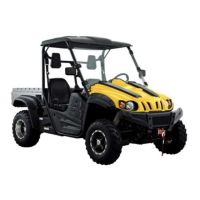
